Frans Hals review: a celebration of an extraordinary portraitist
National Gallery exhibition is the first major display of the Dutch master's art in 30 years

There was a time when Frans Hals (1582-1666) was remembered as one of the greatest of canonical artists, said Rachel Cooke in The Observer. The Dutch 17th century portraitist was, for instance, a huge influence on the impressionists: Manet "loved him", as did van Gogh. Yet somewhere down the line, Hals "fell out of favour", acquiring a reputation for "stodginess" and "sameness"; it may not have helped that his best-known work, including his famous picture "The Laughing Cavalier" (1624), was characterised by an unfashionable jollity. (Kenneth Clark called him "revoltingly cheerful".) What's clear from this new exhibition, however, is that the doubters have been missing out. The show is the first major display of Hals' art in 30 years, bringing together around 50 of his portraits to showcase quite what an extraordinary artist he really was. Hals' likenesses – of everyone from soldiers to musicians – brim with "tenderness", "joy" and humanity. This event is "a mind-changing, once-in-a-lifetime experience, and an inspiriting, mood-boosting tonic to boot".
"If you love extravagant male facial hair", then "this is your show", said Jonathan Jones in The Guardian. His portrait of Pieter Verdonck sees its subject endowed with "an upward curling moustache over a forked beard"; a likeness of Pieter Dircksz Tjarck is embellished with "a goatee that sticks out like a spike". Anyone else, however, will be disappointed. The curators argue that Hals deserves to be viewed as the equal of Vermeer and Rembrandt, but this exhibition makes it clear that he is no such thing. His paintings are "weirdly soulless": you see "one technically brilliant painting of a flushed face after another". His subjects "don't have inner lives. Or none you can sense." Ultimately, "vivacity isn't the same thing as life".
It's true that looking at portrait after portrait of "men and women in luxurious, satiny black" can feel "monotonous", said Alastair Sooke in The Daily Telegraph. Nevertheless, Hals' pictures are never "stiff" or "dull". More often than not, they "feel immediate, even contemporary", and it's easy to see why the impressionists were so enamoured of his "freewheeling, flickering brushwork": witness his portrait of the "aristocratic dandy" Jasper Schade, whose jacket is a startlingly modern "cascade of strokes". Sitters "smile and wink, poke out tongues, tip back on chairs"; fingers are "splayed in expressive gestures", eyebrows arched. But Hals "isn't just about joy and jesting", and his "understanding of human nature was deeper than people realise". The prostitute depicted in "La Bohémienne", for instance, "may be smiling, but her expression appears tight, tensed, forced", while a woman committed to a workhouse is visibly "tormented". Ultimately, this is a fine tribute to "a master of the painted snapshot".
The Week
Escape your echo chamber. Get the facts behind the news, plus analysis from multiple perspectives.

Sign up for The Week's Free Newsletters
From our morning news briefing to a weekly Good News Newsletter, get the best of The Week delivered directly to your inbox.
From our morning news briefing to a weekly Good News Newsletter, get the best of The Week delivered directly to your inbox.
National Gallery, London WC2 (020-7747 2885, nationalgallery.org.uk). Until 21 January 2024
Sign up to the Arts & Life newsletter for reviews and recommendations
A free daily email with the biggest news stories of the day – and the best features from TheWeek.com
-
 Political cartoons for December 14
Political cartoons for December 14Cartoons Sunday's political cartoons include a new White House flag, Venezuela negotiations, and more
-
 Heavenly spectacle in the wilds of Canada
Heavenly spectacle in the wilds of CanadaThe Week Recommends ‘Mind-bending’ outpost for spotting animals – and the northern lights
-
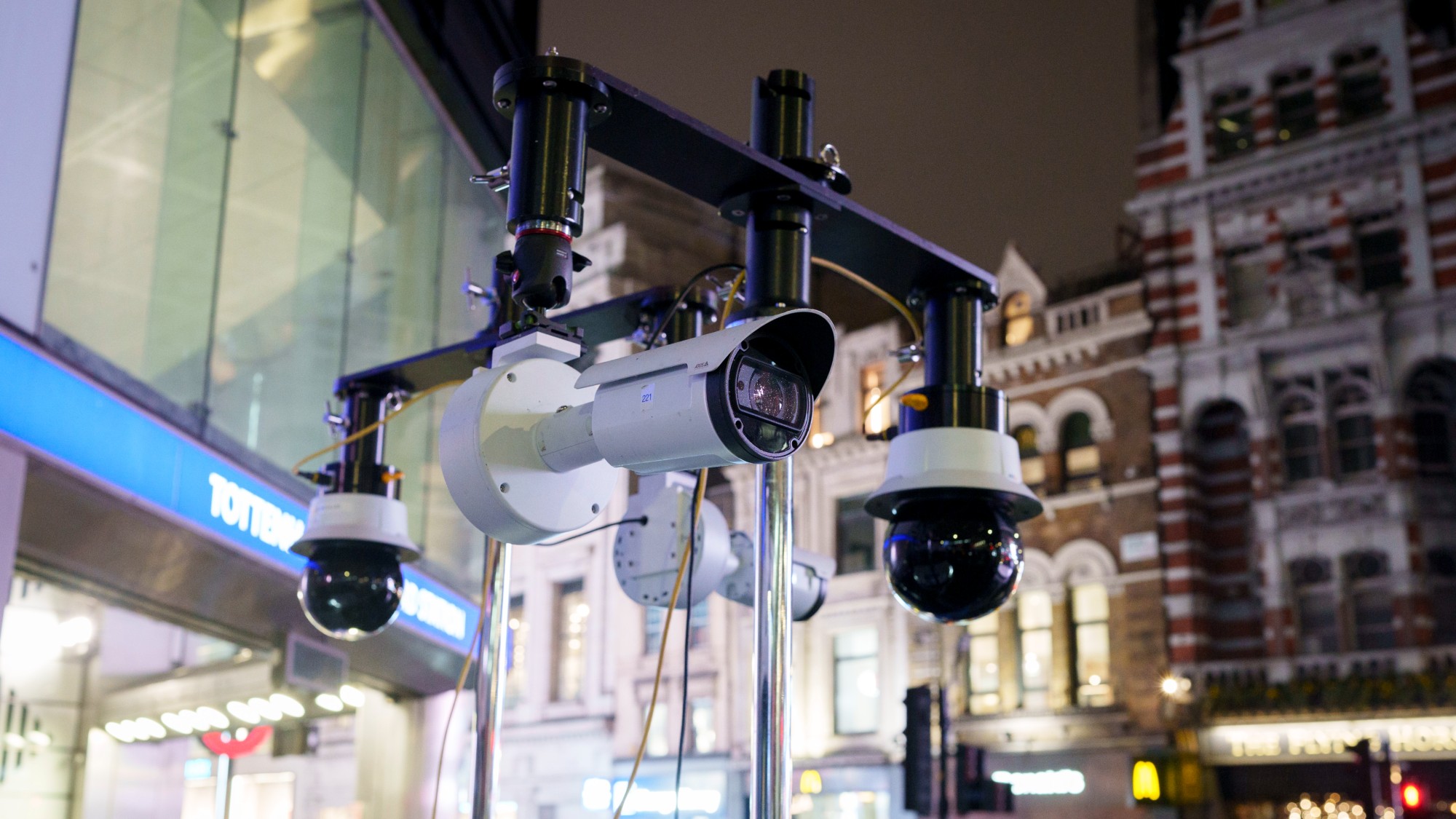 Facial recognition: a revolution in policing
Facial recognition: a revolution in policingTalking Point All 43 police forces in England and Wales are set to be granted access, with those against calling for increasing safeguards on the technology
-
 Heavenly spectacle in the wilds of Canada
Heavenly spectacle in the wilds of CanadaThe Week Recommends ‘Mind-bending’ outpost for spotting animals – and the northern lights
-
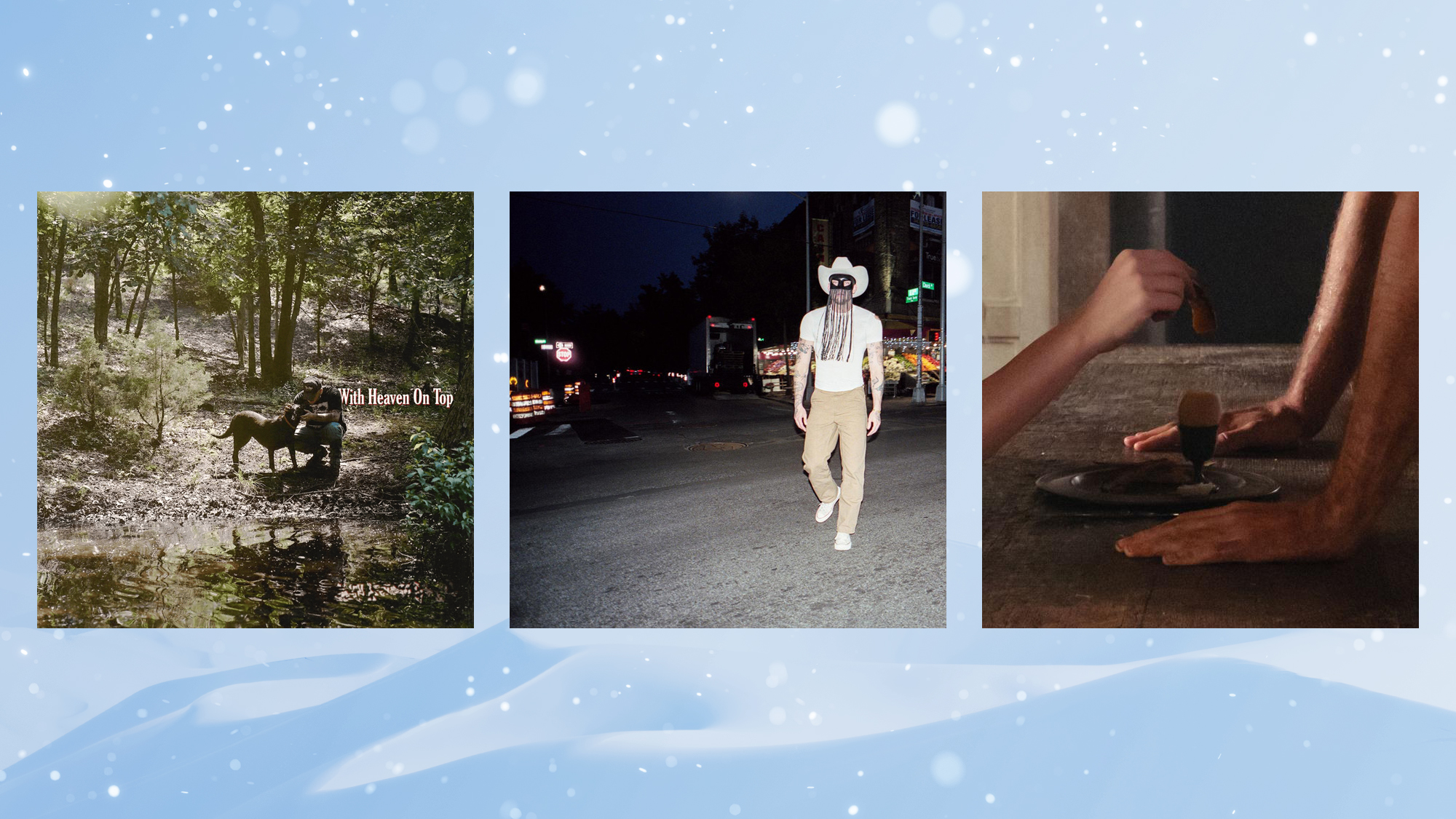 10 upcoming albums to stream during the winter chill
10 upcoming albums to stream during the winter chillThe Week Recommends As the calendar turns to 2026, check out some new music from your favorite artists
-
 It Was Just an Accident: a ‘striking’ attack on the Iranian regime
It Was Just an Accident: a ‘striking’ attack on the Iranian regimeThe Week Recommends Jafar Panahi’s furious Palme d’Or-winning revenge thriller was made in secret
-
 Singin’ in the Rain: fun Christmas show is ‘pure bottled sunshine’
Singin’ in the Rain: fun Christmas show is ‘pure bottled sunshine’The Week Recommends Raz Shaw’s take on the classic musical is ‘gloriously cheering’
-
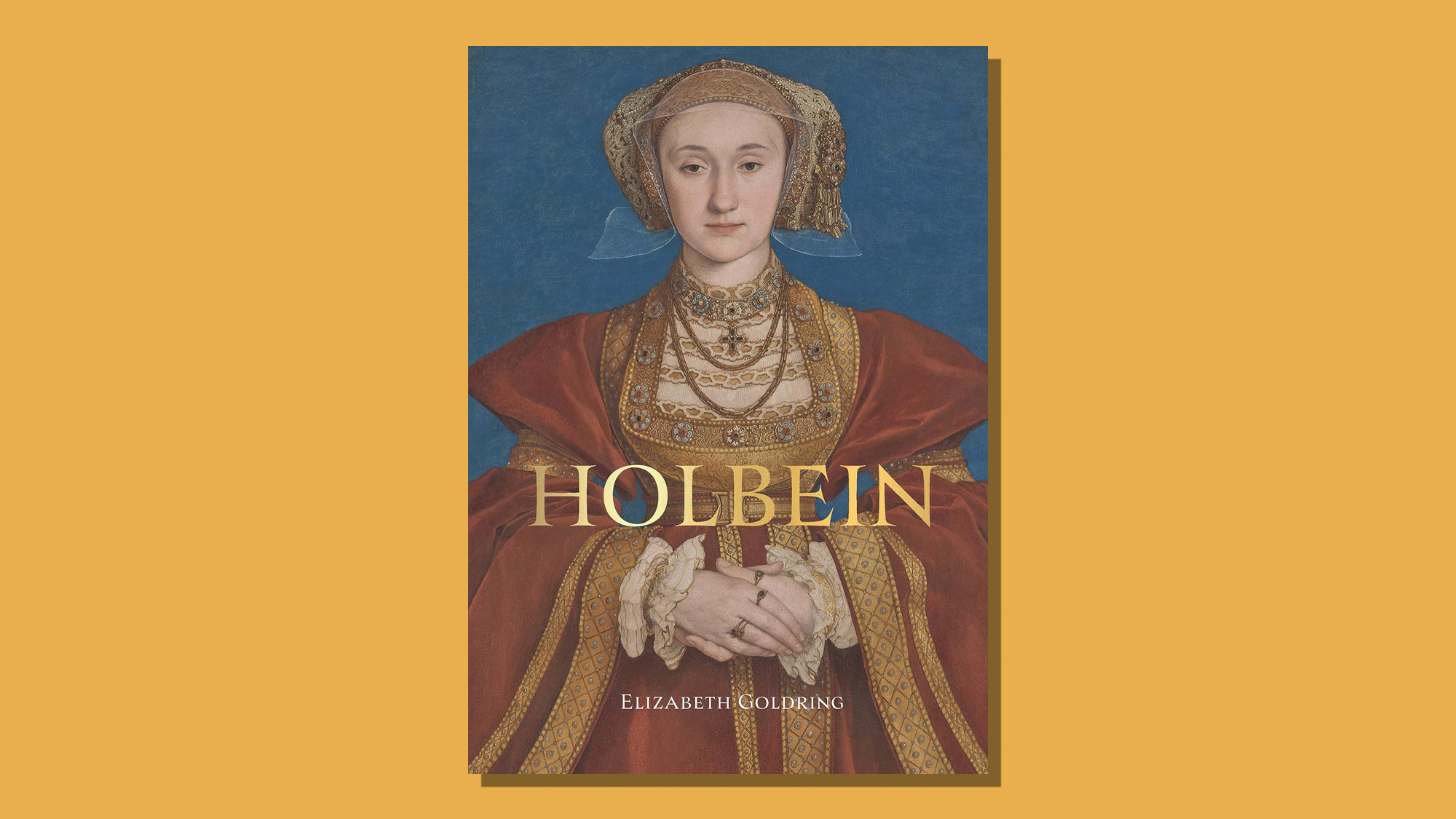 Holbein: ‘a superb and groundbreaking biography’
Holbein: ‘a superb and groundbreaking biography’The Week Recommends Elizabeth Goldring’s ‘definitive account’ brings the German artist ‘vividly to life’
-
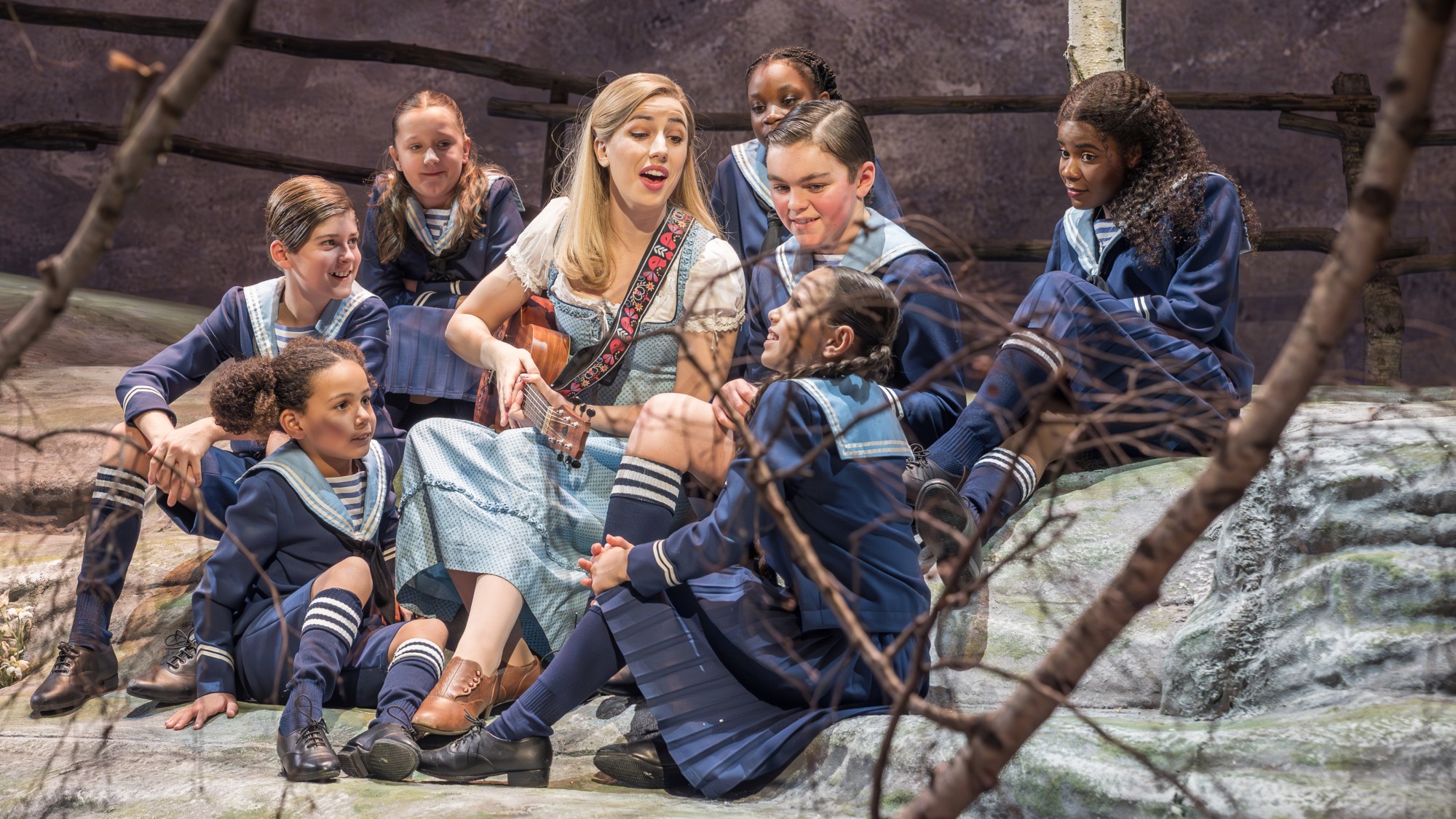 The Sound of Music: a ‘richly entertaining’ festive treat
The Sound of Music: a ‘richly entertaining’ festive treatThe Week Recommends Nikolai Foster’s captivating and beautifully designed revival ‘ripples with feeling’
-
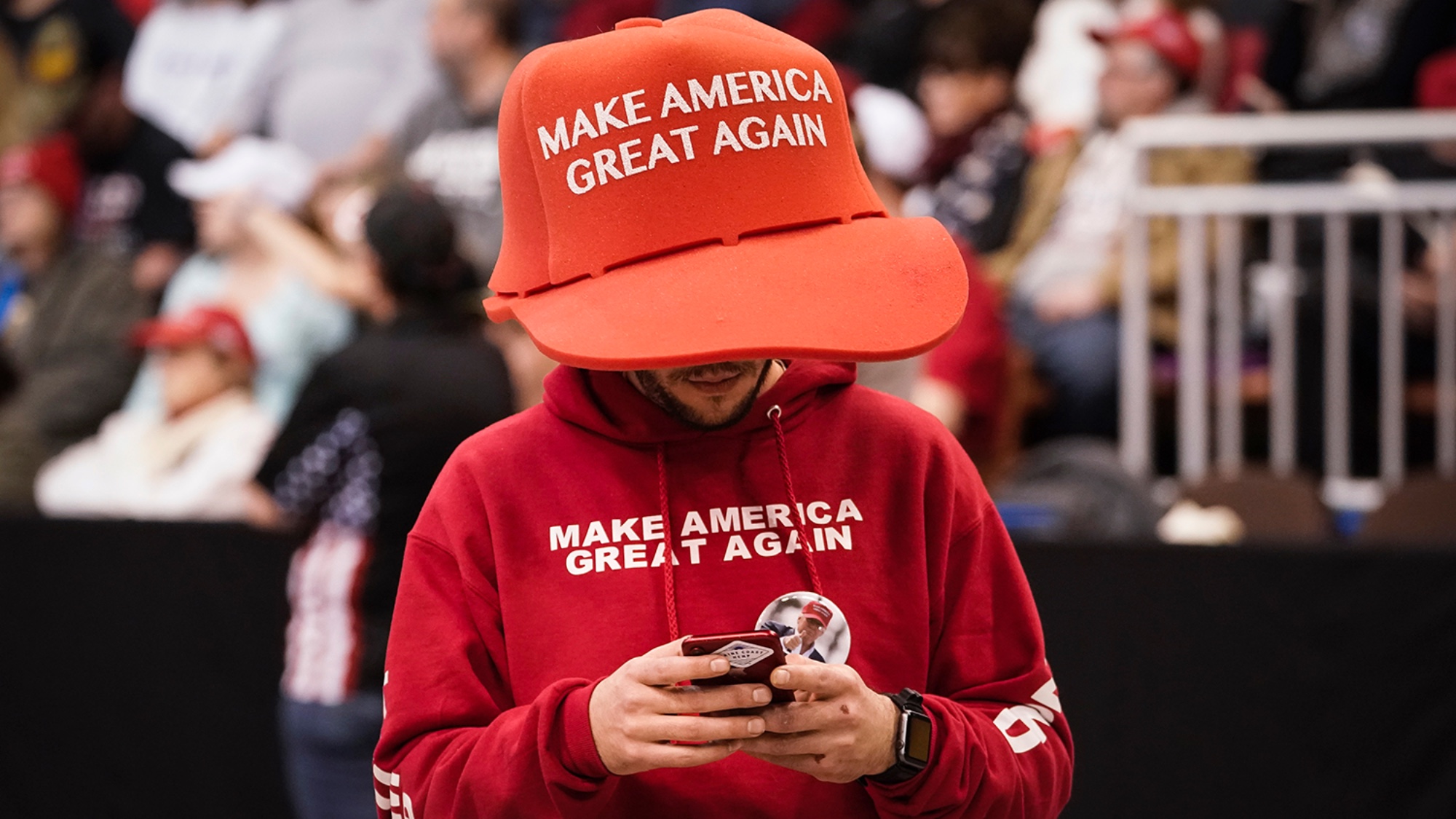 ‘Furious Minds: The Making of the MAGA New Right’ by Laura K. Field and ‘The Dream Factory: London’s First Playhouse and the Making of William Shakespeare’ by Daniel Swift
‘Furious Minds: The Making of the MAGA New Right’ by Laura K. Field and ‘The Dream Factory: London’s First Playhouse and the Making of William Shakespeare’ by Daniel SwiftFeature An insider’s POV on the GOP and the untold story of Shakespeare’s first theater
-
 Henri Rousseau: A Painter’s Secrets
Henri Rousseau: A Painter’s Secretsfeature Barnes Foundation, Philadelphia, through Feb. 22